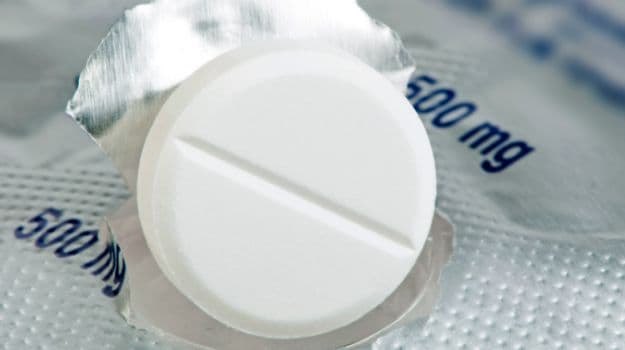Antibiotic Resistance Is Worrisome, but Not Hopeless

Image via iStock
A century ago, the top three causes of death were infectious diseases. More than half of all people dying in the United States died because of germs. Today, they account for a few percent of deaths at most. We owe much of that, of course, to antibiotics, which came into use around the middle of the previous century.
But we take them for granted, using them inappropriately and indiscriminately. This has led many to worry that our days of receiving benefits from them are numbered.
Concern about the rise of resistance often focuses on overuse of antibiotics. There’s plenty of evidence that we, the users, are the problem. In a recent multicountry study conducted by the World Health Organization, almost two-thirds of people believed that antibiotics could be used to treat colds and the flu, which are, of course, caused by viruses. Antibiotics kill bacteria, not viruses. The same number of people also knew that antibiotic resistance was a real problem that could affect them, but this knowledge did not seem to prevent them from misusing the drugs.
Every time we use antibiotics, we increase the chance for resistant strains to develop. Bacteria are very good at the evolution game, and killing off more susceptible strains leaves the more resistant ones to fill the gap.
Most horrifying, it appears that the resistance is transmitted by plasmids. That means the bacteria don’t just pass on resistance to their “children”; they can pass it among one another and to different strains of bacteria.
While the concern is reaching a fever pitch, it’s important to remember that resistance isn’t new. We can’t blame all of our problems on antibiotic overuse and misuse. Even the proper use of antibiotics will eventually lead to resistance.
Our response to these setbacks has been to create new types of drugs.
But we are falling behind in this game of catch-up. Fifteen of the 18 largest pharmaceutical companies have abandoned the antibiotic market. Research funding in all areas of academia has been cut back significantly as well. While 19 new antibiotics were approved by the Food and Drug Administration from 1980 to 1984, only 13 were approved from 2000 to 2014.
While we can quibble about the exact cost of bringing a new drug to market, we can all agree that it’s a lot of money. Drugs in the United States are profitable when they are sold in great volume or when they are very expensive. Antibiotics, as a class of drug, provide a poor return on investment for pharmaceutical companies. They face low-price and generic competition. Any breakthrough drug will almost certainly be reserved for only the most resistant cases, meaning there’s not a huge immediate market for it, when a company still has exclusivity.
Many people have proposed new ways to incentivize and reward innovation. The Group of 7 is poised to coordinate action, as is the Group of 20 and the WHO. In January, in Davos, Switzerland, nearly the entire drug industry agreed on a plan. It released a statement calling for big changes in how we pay for antibiotic research and development, including the idea of “delinkage” or paying for value as opposed to volume of antibiotics sold.
There are other glimmers of good news. The federal budget agreement passed late last year increased spending in this area by more than $375 million. Almost half of that went to the Centers for Disease Control and Prevention to help prevent and monitor outbreaks.
The National Institutes for Health received $100 million for antibiotic resistance research. The Biomedical Advanced Research and Development Authority received an additional $96 million to help explore new drugs. This year, the agency will start an antibiotic research and development accelerator, with $30 million a year over the next few years.
It’s this new drug investment that might bring the most hope. For many years, spending on antibiotic resistance research was flat. Only in the last year or two have both the president and Congress seemed especially interested in pushing for more funding. New antibiotics are a public good, not necessarily an area for private rewards. Huge public support for researching new classes of antibiotics will be necessary to combat this growing threat.
As a sage observer once noted, though, bringing new antibiotics to market without changing how we use them is akin to providing alcoholics with a finer grade of brandy. For this reason, most new funding goes toward prevention, infection control and managing antibiotic use. The best outcome is preventing infections through vaccination or public health measures so that we improve human health without increasing resistance to antibiotics.
[“source-ndtv”]


